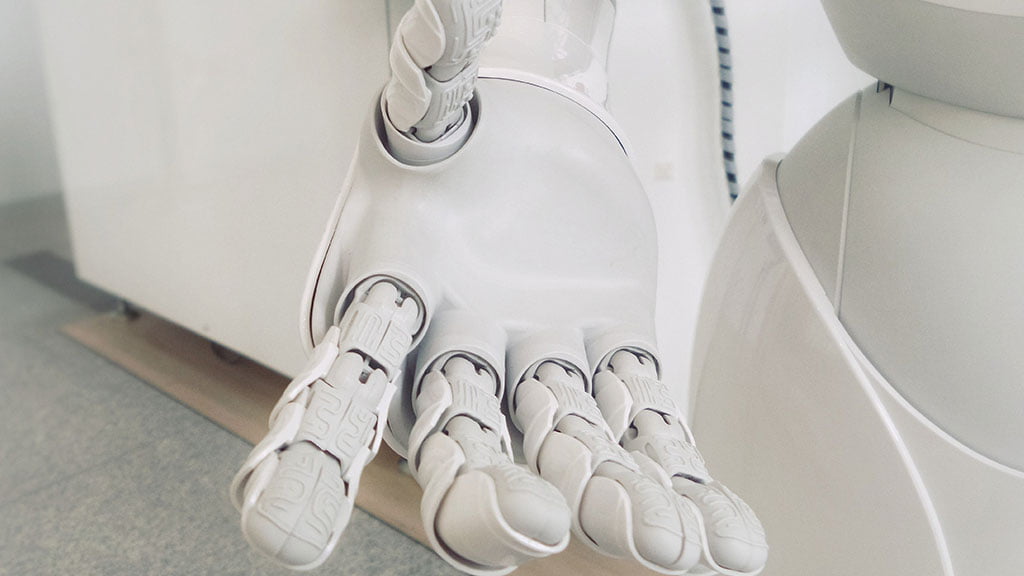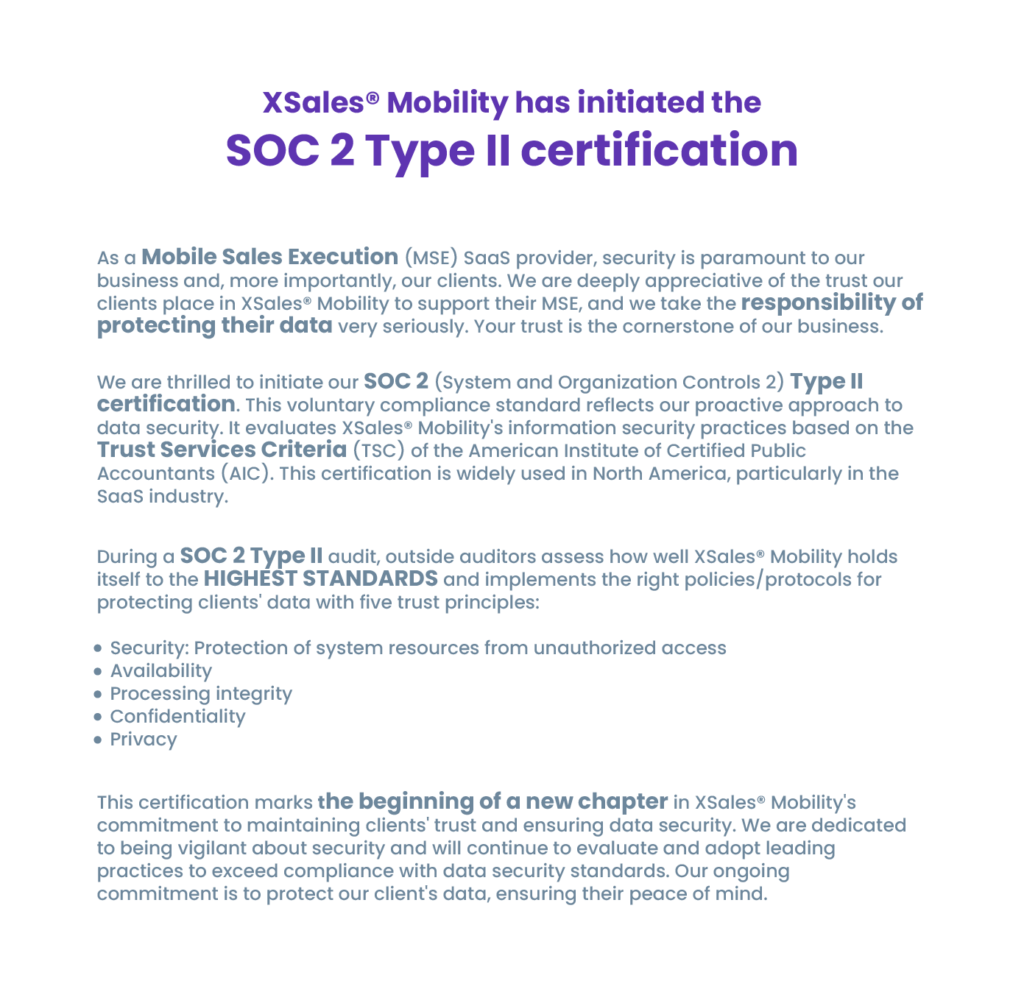Let’s start from the basis. Internet of Things (IoT) and Artificial Inteligence (AI) are not the same thing, but as a happily married couple they can complement each other in a perfect way. IoT is the connection of machines that can transfer data over a network without human intervention. AI is about simulating human behavior and intelligence on any kind of machine.
As IoT devices can generate big amounts of data, AI can deal with these data and make it “actionable” (data does not help much if it does not generate an action), which means extracting optimal value from it and provide the context and creativity of a human being to process it effectively.
Does it make sense? Let’s move forward.
The idea that fast technology can train machines to behave like humans, or perhaps exceed them in capabilities (as “Machine Learning” is promising to do), is definitely shocking. Knowing that Machine Learning (ML) means letting devices access the data and learn from themselves. Sounds like too much right? It’s not, because what’s most exciting about this technology is its unlimited potential.
In the Logistic & Distribution industry, these three concepts are proving to be game changers. Smart devices combined with intelligent and self-learning analytics, brings the opportunity to drive innovation strategies to the business and use data in a more efficient way. IoT, AI & ML adoption is so attractive to these industries because it can solve almost all complexities related to running a global logistics network, helping companies to anticipate problems and make fast and smarter decisions over not-so-simple situations.
It’s been proved that almost every business reached by this technology, shows improvements in quality of service, customer satisfaction and efficiency through automated compliance processing, which translates into lower costs and less problems across the logistics network. Let’s break this down:
- Smart warehouses, efficient businesses. The use of automation is usually what makes a warehouse smart. When a facility is equipped with machines that can perform tasks and even do most of the work, monotonous activities are simplified, human errors are reduced and operations become more cost-effective.
One great example of this can be seen at the Amazon‘s warehouses in the US, where thousands of robots gather merchandise for individual orders and work alongside humans to fulfill operations. Before this all happened, workers had to scan racks of merchandise in search for specific products, now, there are robots moving the racks where these products are stored taking them directly to workers and even doing the boxing. Isn’t that amazing?. There are other companies besides Amazon that has been doing this for a long time, Staples for example started in 2006 with 60 robots, grew to 500 the next year and hasn’t stop growing ever since.
- Chatbots are the new era of customer support: let’s face it, no matter how much you love your job nobody likes to answer the same question a hundred times a day, Chatbots can take care of this without feeling stucked, tired or bored. Virtual assistants help free up employees ensuring that human resources are used only when they’re needed, and that the organization communicates with the most people possible.
This technology can even narrow the relationship between a company and their clients. By considering all common requests & complaints and their possible solutions, clients can receive a “smart”, efficient and automated attention from bots without requesting further assistance from company’s personnel.
One (of many) companies where the use of Chatbots is a total success is Amtrak, an US based railway organization that answers more than 5 million questions annually through bots and have seen their bookings increased by 25%, saving $1 million in customer service expenses by year.
- It’s time for the algorithms to do the job: in the Logistic & Distribution business, every second matters. So the possibility to use algorithms to map out optimal routes for all deliveries, can definitely improve delivery times and reduce transportation costs.
Orion, a GPS tool used by UPS that helps drivers to make on-time and cost-effective deliveries is a great example of how to use algorithms, since this tool can plan and optimize routes considering traffic conditions, time of the day and even driver capabilities between many other relevant factors, resulting in savings of nearly $50 million every year for UPS.
Another activity in wich algorithms are taking over is the demand forecasting. When a system can predict the demand behavior and where can be expected to be maximum and minimum, transportation can be directed to those locations where are needed improving inventory management, lowering operational costs and making the network more efficient.
All these examples are evidence that the game is changing and it’s doing it quick, there is a new automated, smart and more efficient way of running operations, managing data and serving clients. This type of technology is setting a new standard on how the Logistic & Distribution businesses are and will be managed.




